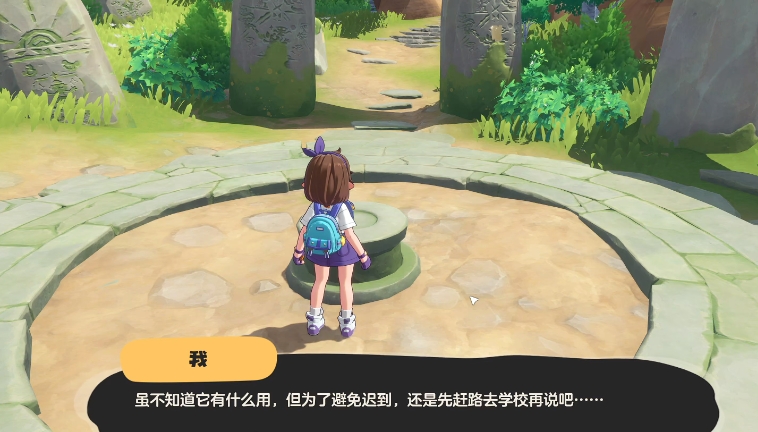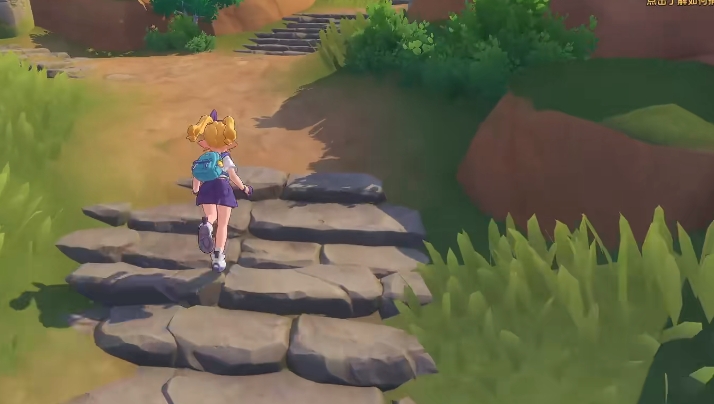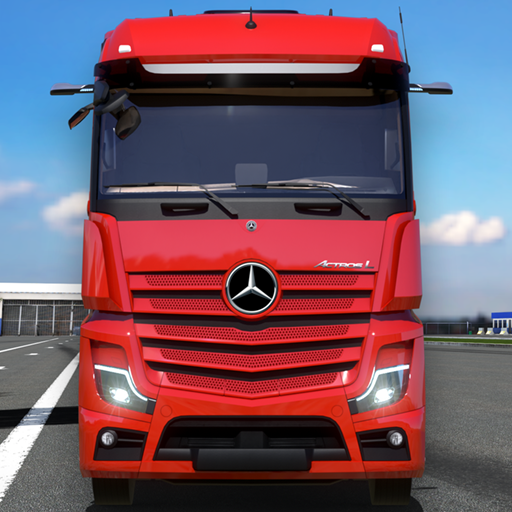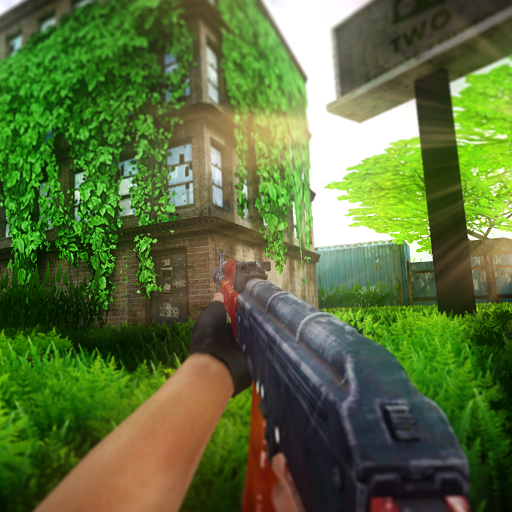Seven Days World is a mobile game that focuses on open-world survival and construction. Its seamless large map covers six major ecological areas, including forests, deserts, and snowfields. Many people are curious about the size of the Seven Days World map. Today, I will introduce it to you. The map revolves around a seven-day cycle, where players need to find ways to survive through resource gathering, base building, and event handling. Terrain and area actually serve as mechanisms to improve survival efficiency.
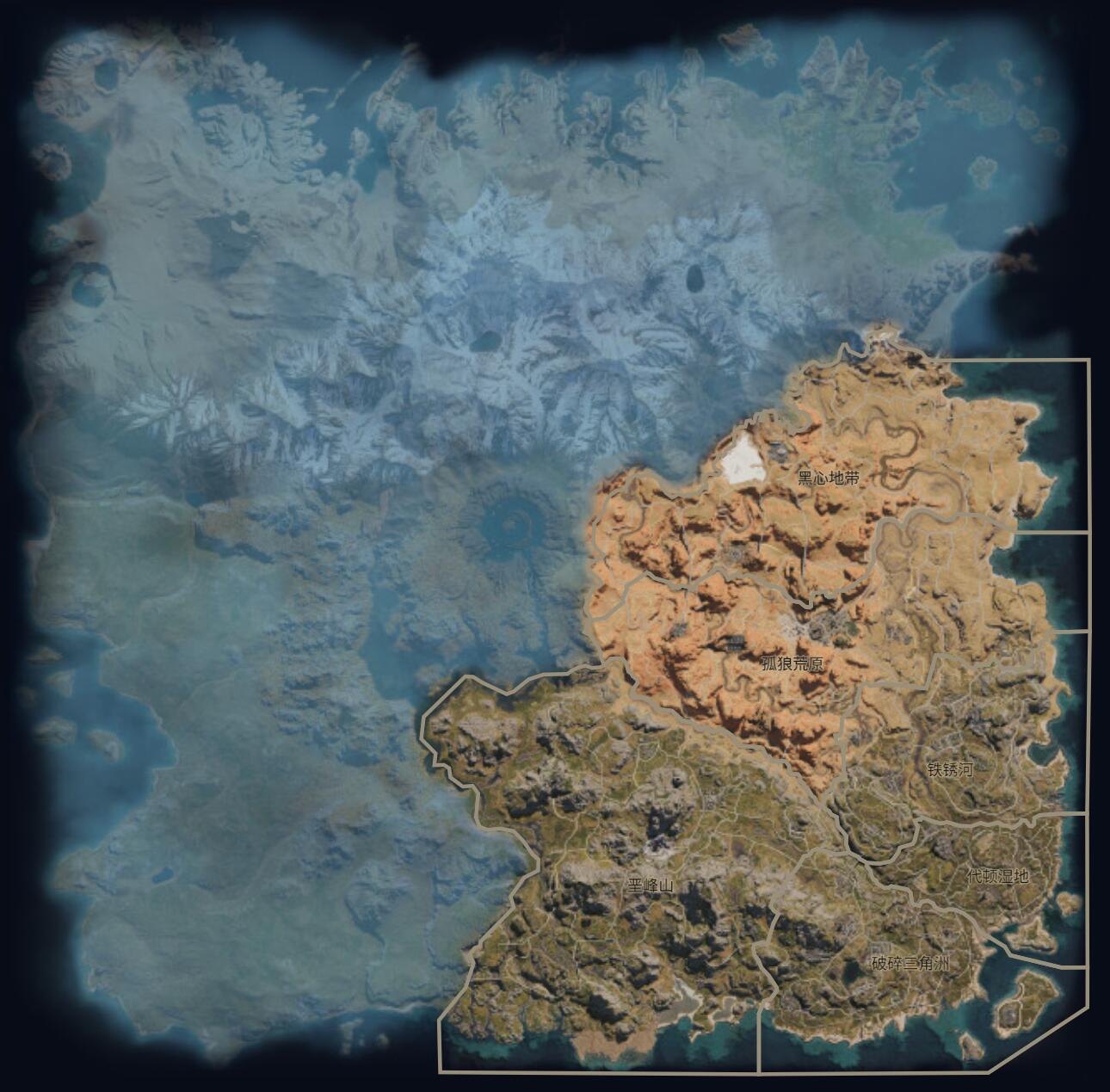
In terms of settings, the total area of the Seven Days World map is approximately 64 square kilometers, but not all of it is currently accessible. The game map expands from the Lone Wolf Wilderness outward, divided into low, medium, and high-risk areas. The low-risk area, mainly consisting of plains and forests, is suitable for beginners to establish their initial bases. The medium-risk desert area is rich in metal ore veins but has a large temperature difference between day and night, requiring thermal insulation gear. The high-risk snowfield area refreshes rare crystals and mutant creatures, and it is recommended to explore in teams. There are radiation contamination zones at the boundaries between regions, which should be passed through quickly by vehicle to avoid health value loss.
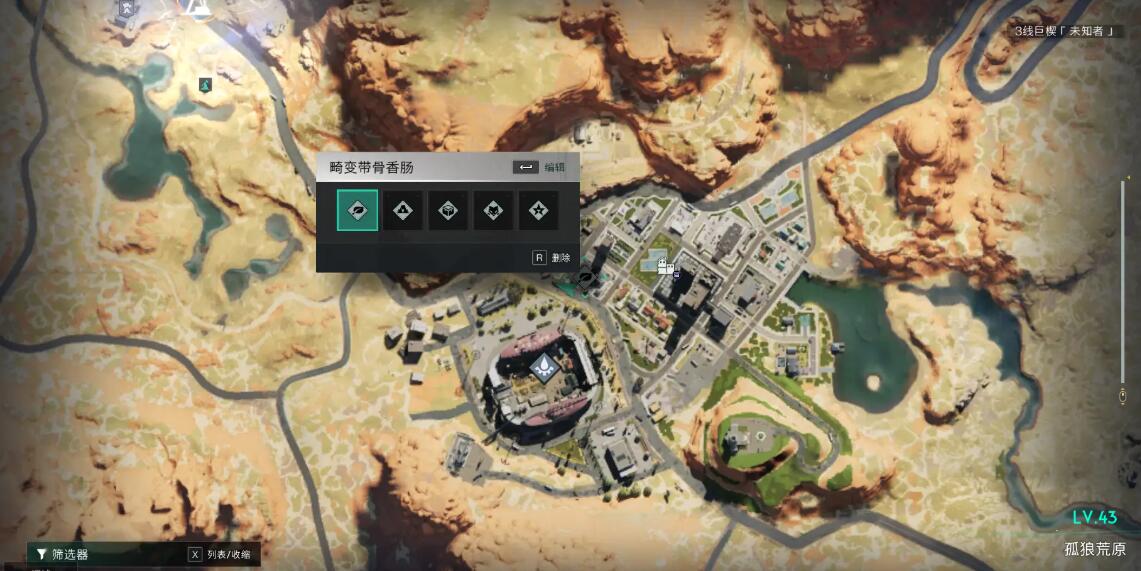
Basic resources such as wood and stone are densely distributed in forest areas, iron ore is concentrated in the desert, and rare crystals only appear in the high-risk snowfield. Resource points reset daily at 5:00, and it is recommended to plan circular collection routes to improve efficiency. Important facilities like gas stations and weapon workshops are mostly located along highways, so mark these locations first when exploring. Pay attention to the durability of your tools; an iron pickaxe is three times more efficient than a stone pickaxe but is heavier.
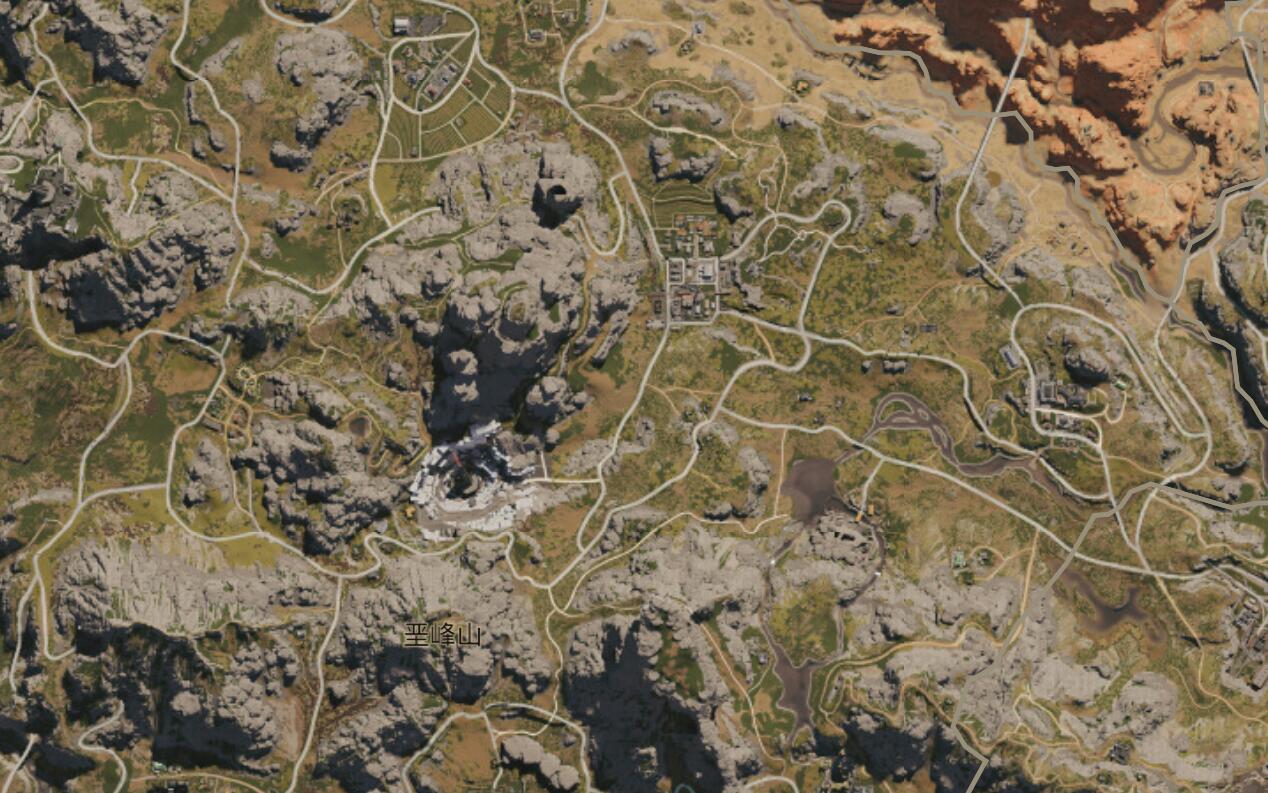
Initially, movement relies on walking and bicycles, with off-road vehicles and helicopters unlocking at level 30. The highway network connects major resource points, and it is suggested to travel along dry riverbeds in the desert to avoid getting stuck in sand. In the snowfield, use anti-slip chains or hovercraft. Fast travel points need to be manually activated by unlocking signal towers, and each teleportation consumes 20% of stamina. When traveling long distances, carry fuel drums and repair kits, as the helicopter's fuel consumption is four times that of an off-road vehicle. "Seven Day Cycle" events trigger regional disasters every real hour, such as forest fires, sandstorms, or blizzards. During these events, resource production in the corresponding areas increases by 200%, but environmental damage intensifies.
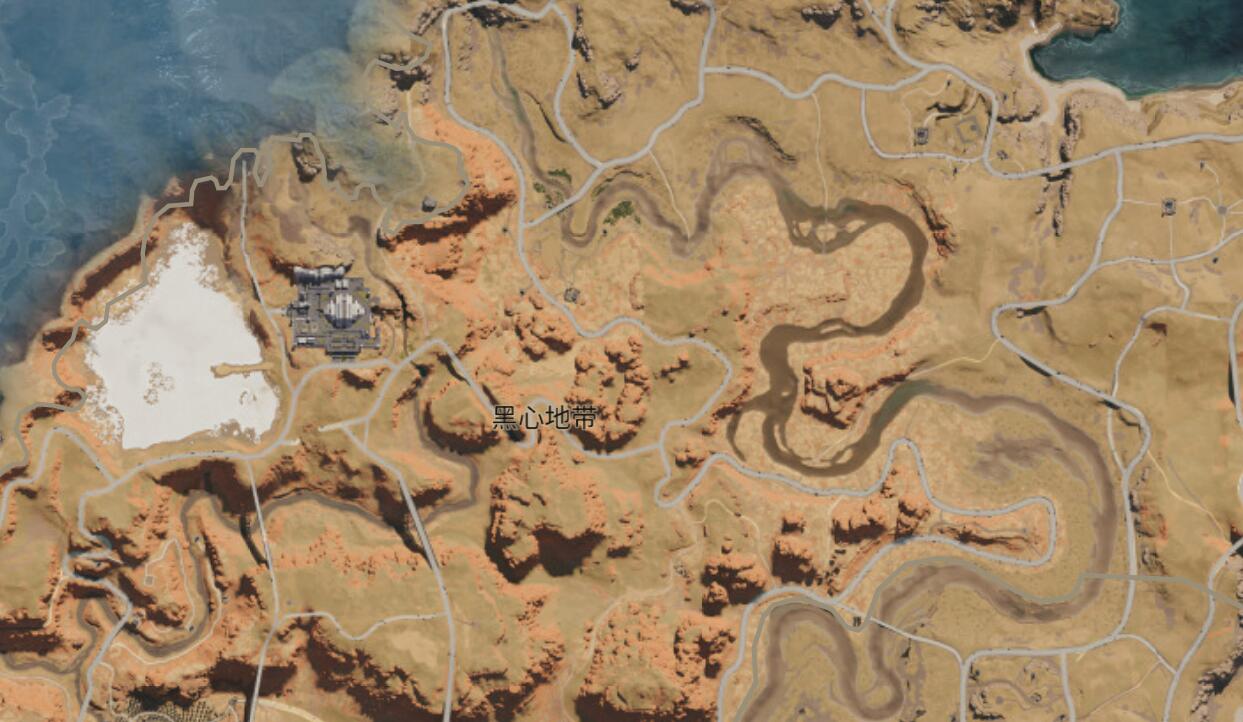
The above is the introduction to the size of the Seven Days World map. Through its vast map and dynamic mechanisms, we can experience a highly free-form survival experience. With the information shared, I believe everyone can grasp the characteristics of each region, significantly reducing exploration costs. Go ahead and give it a try!
